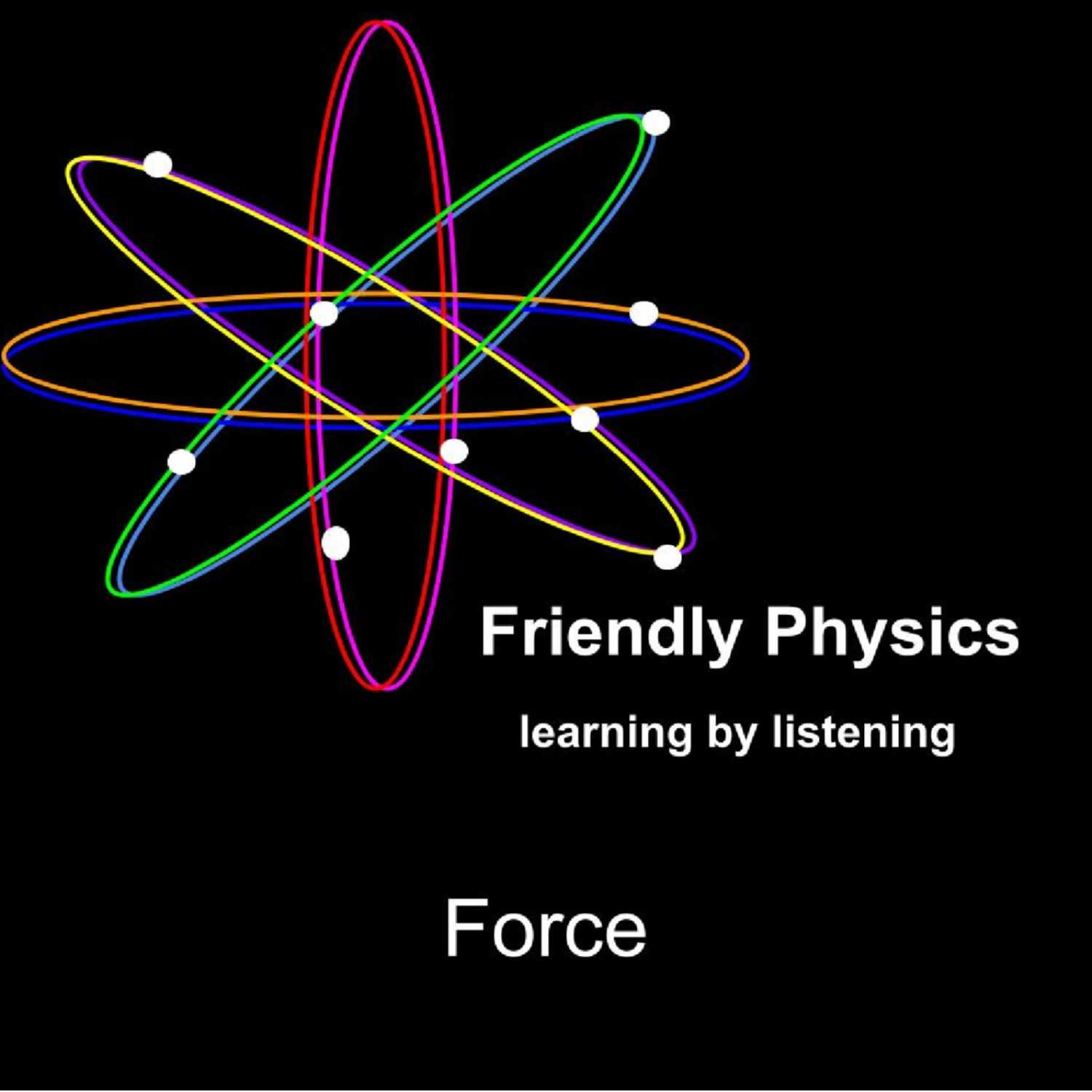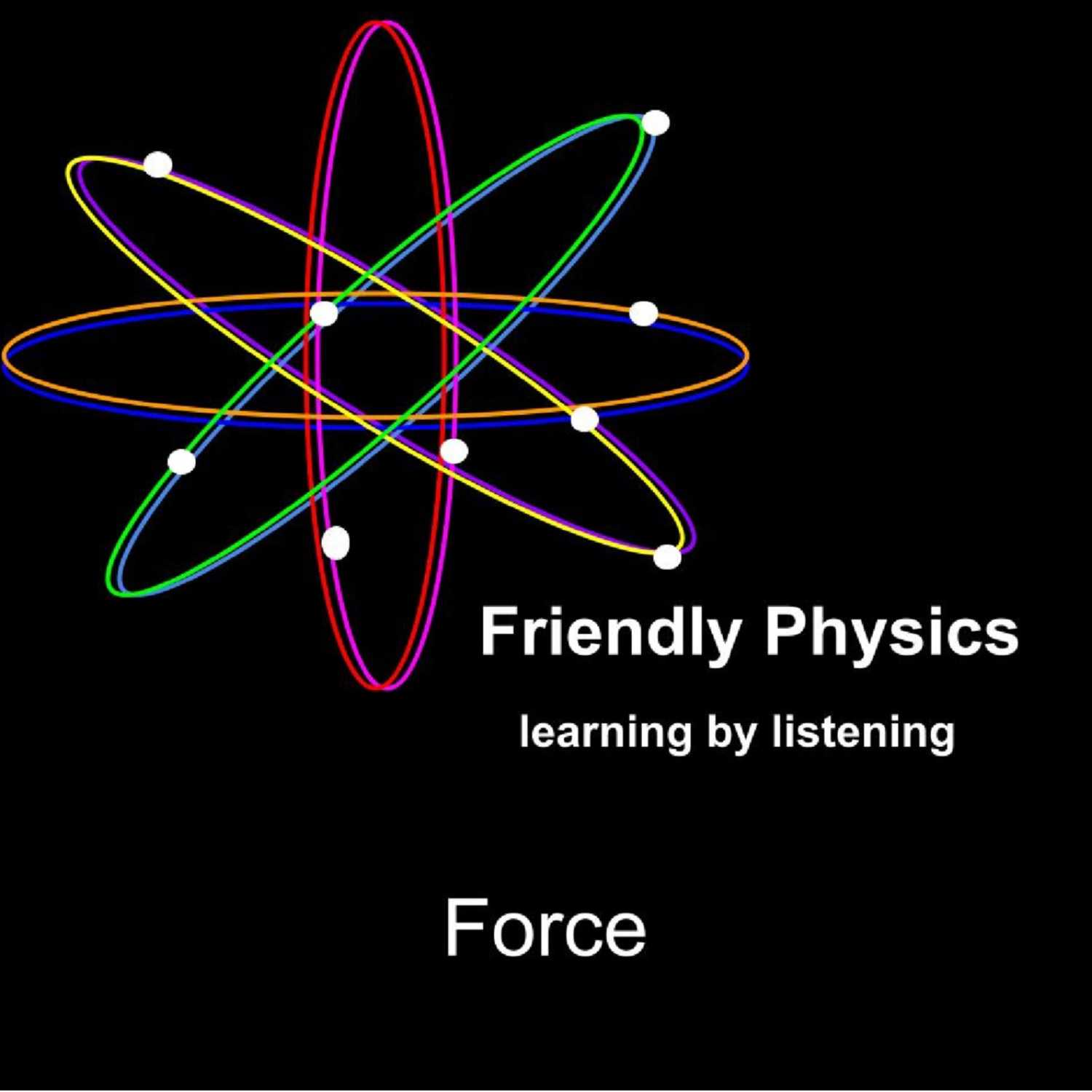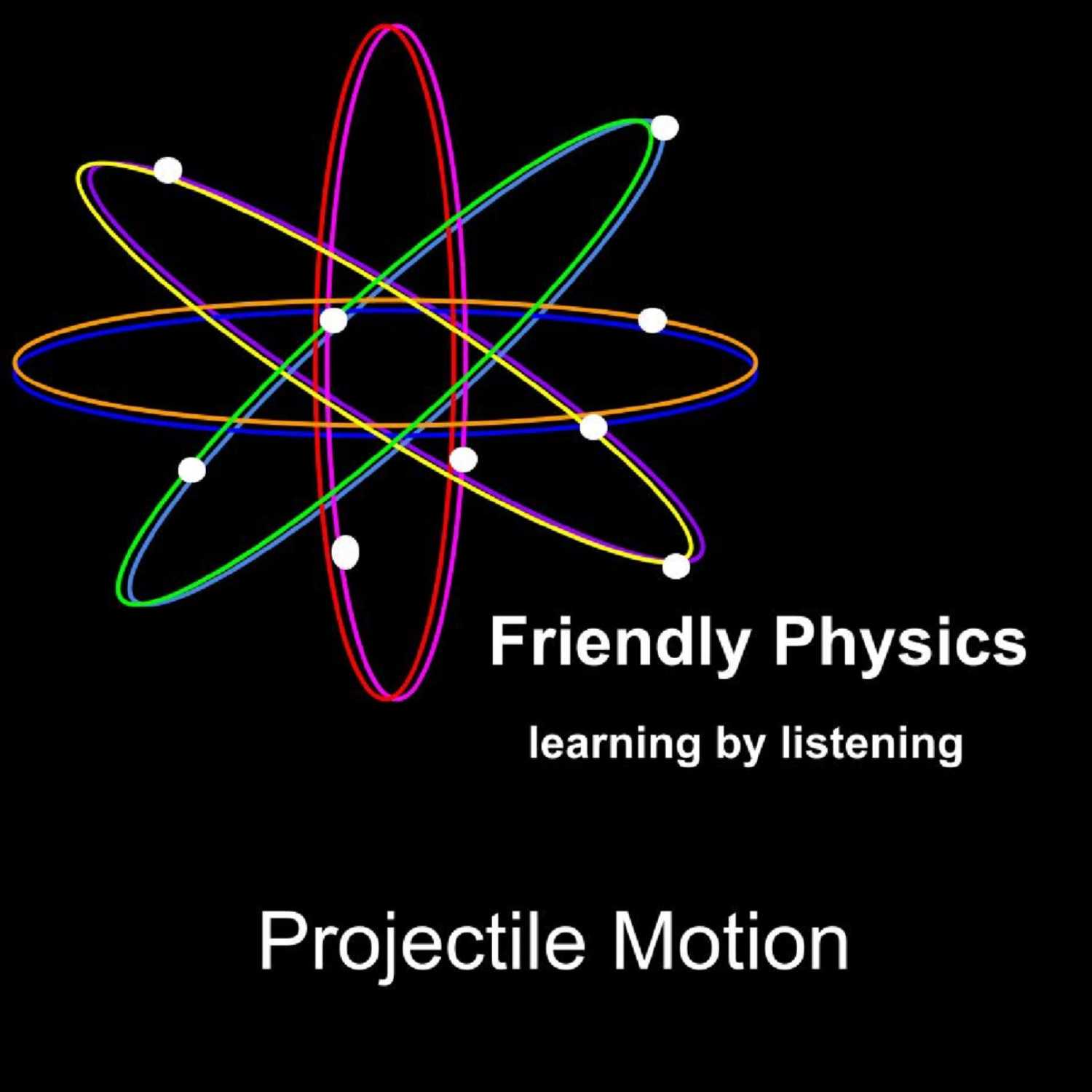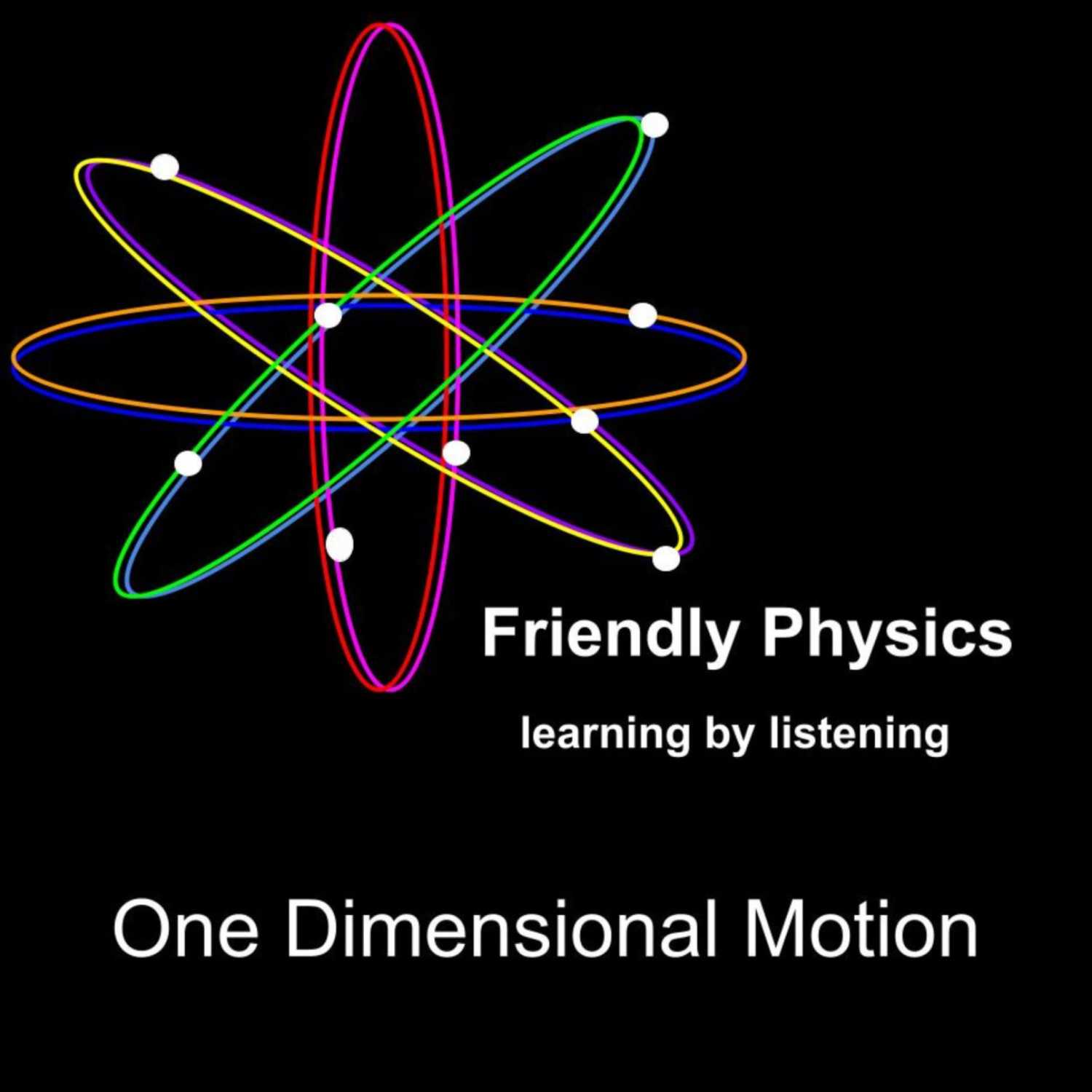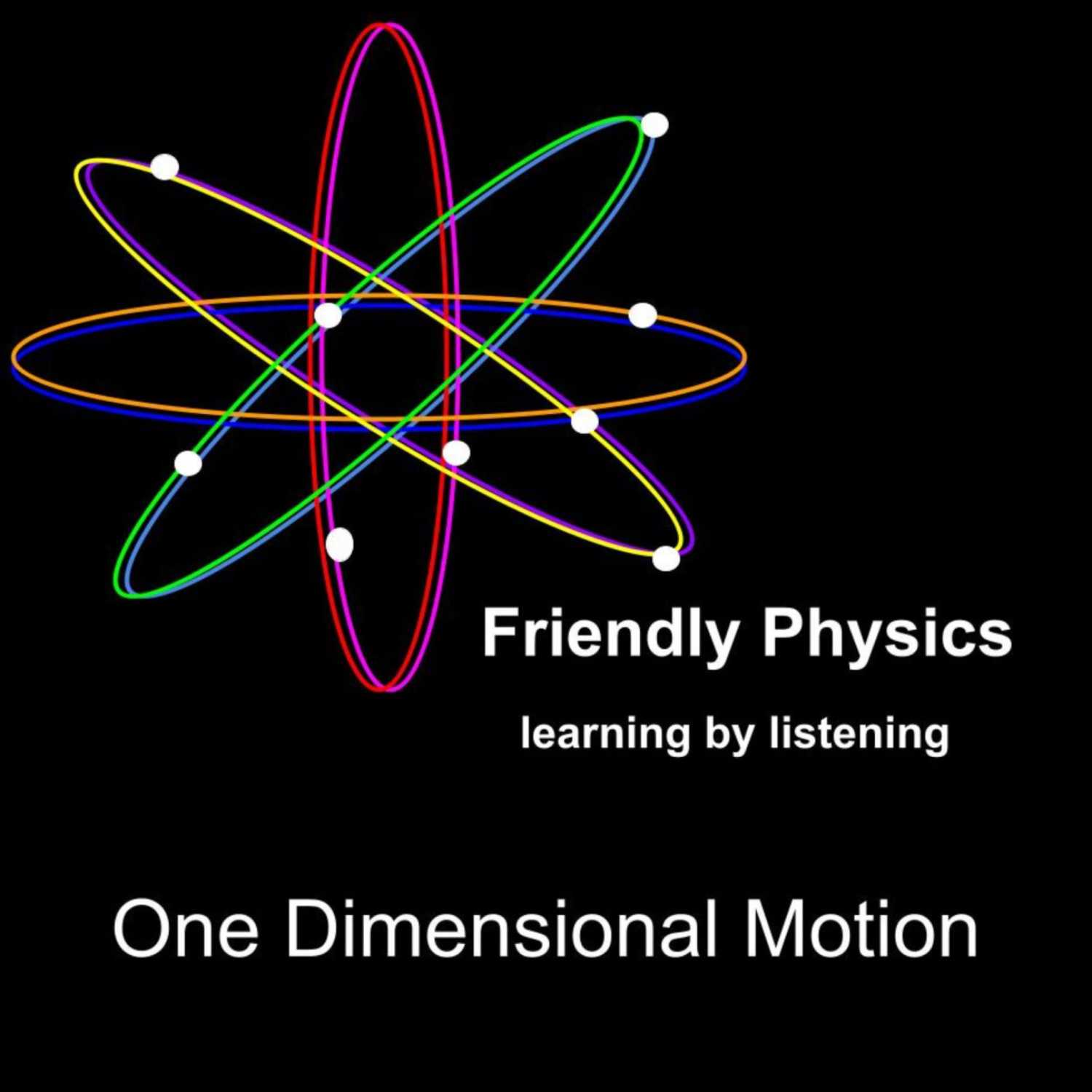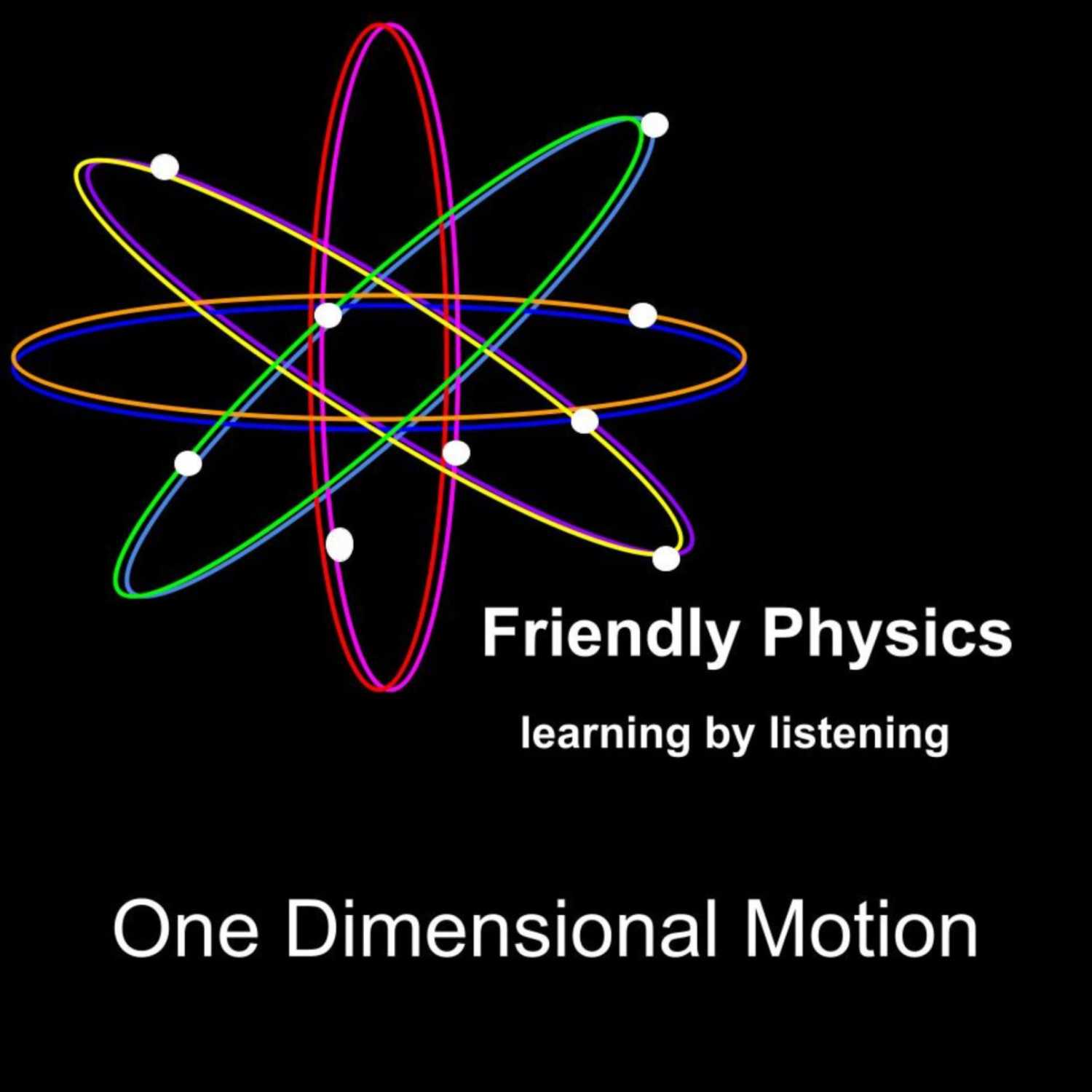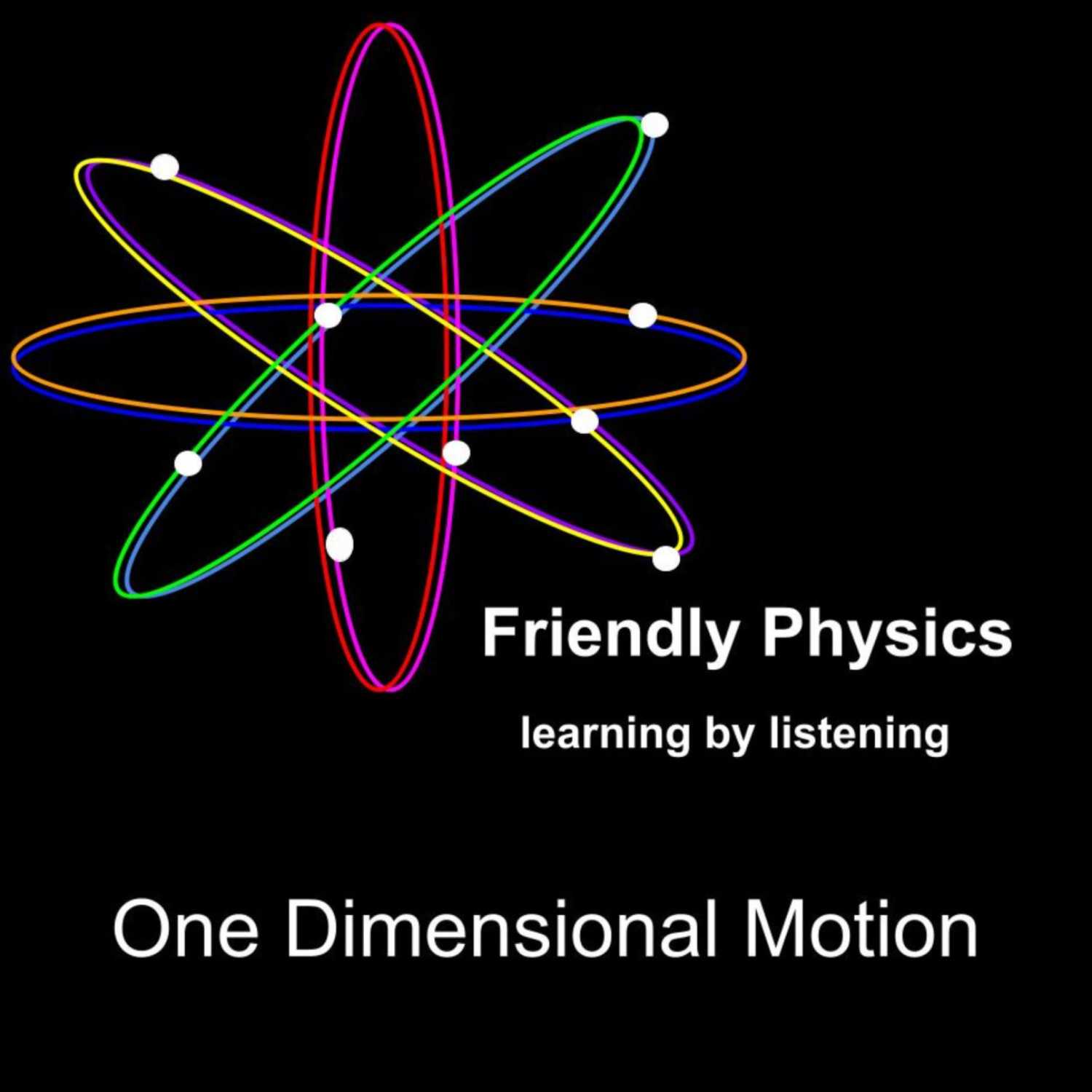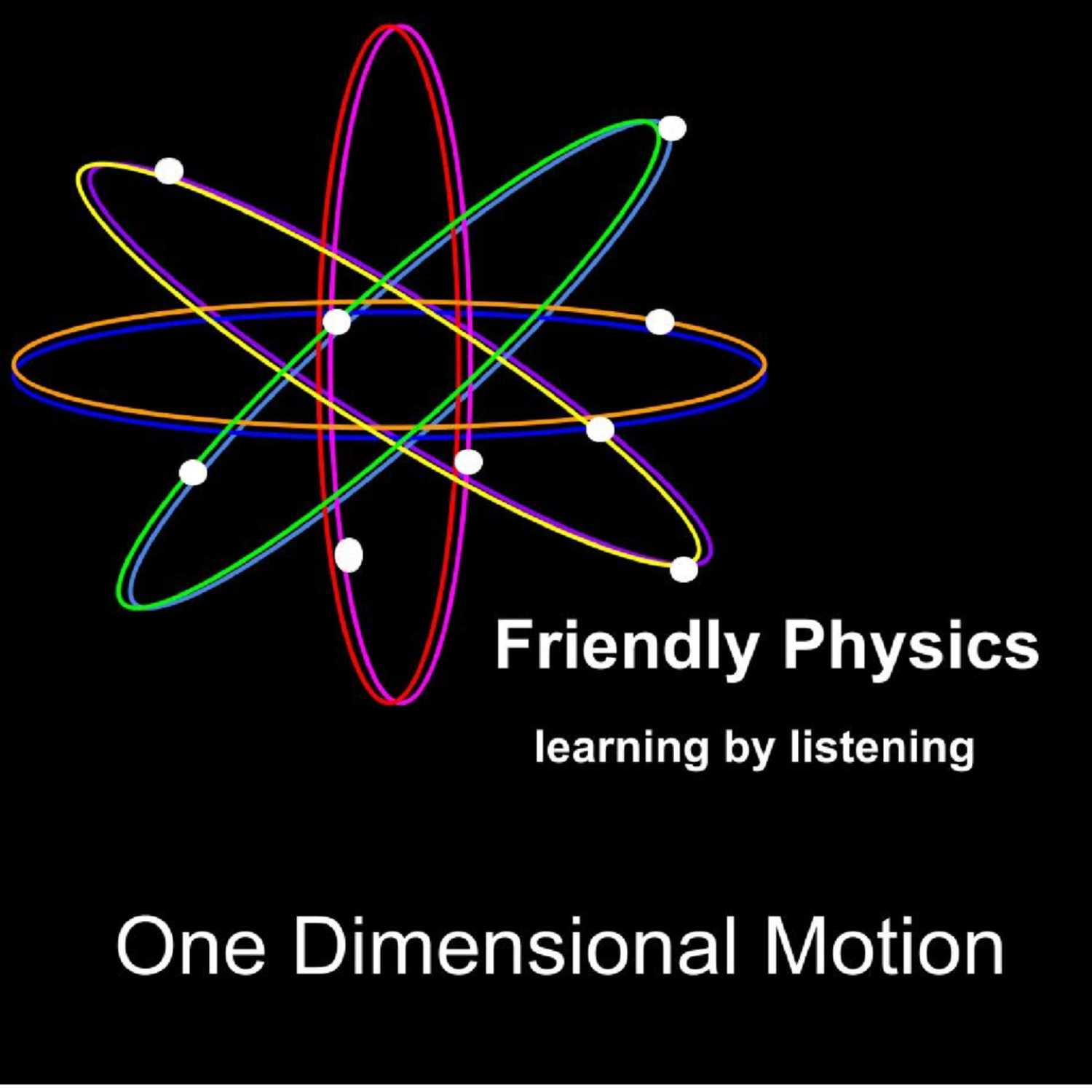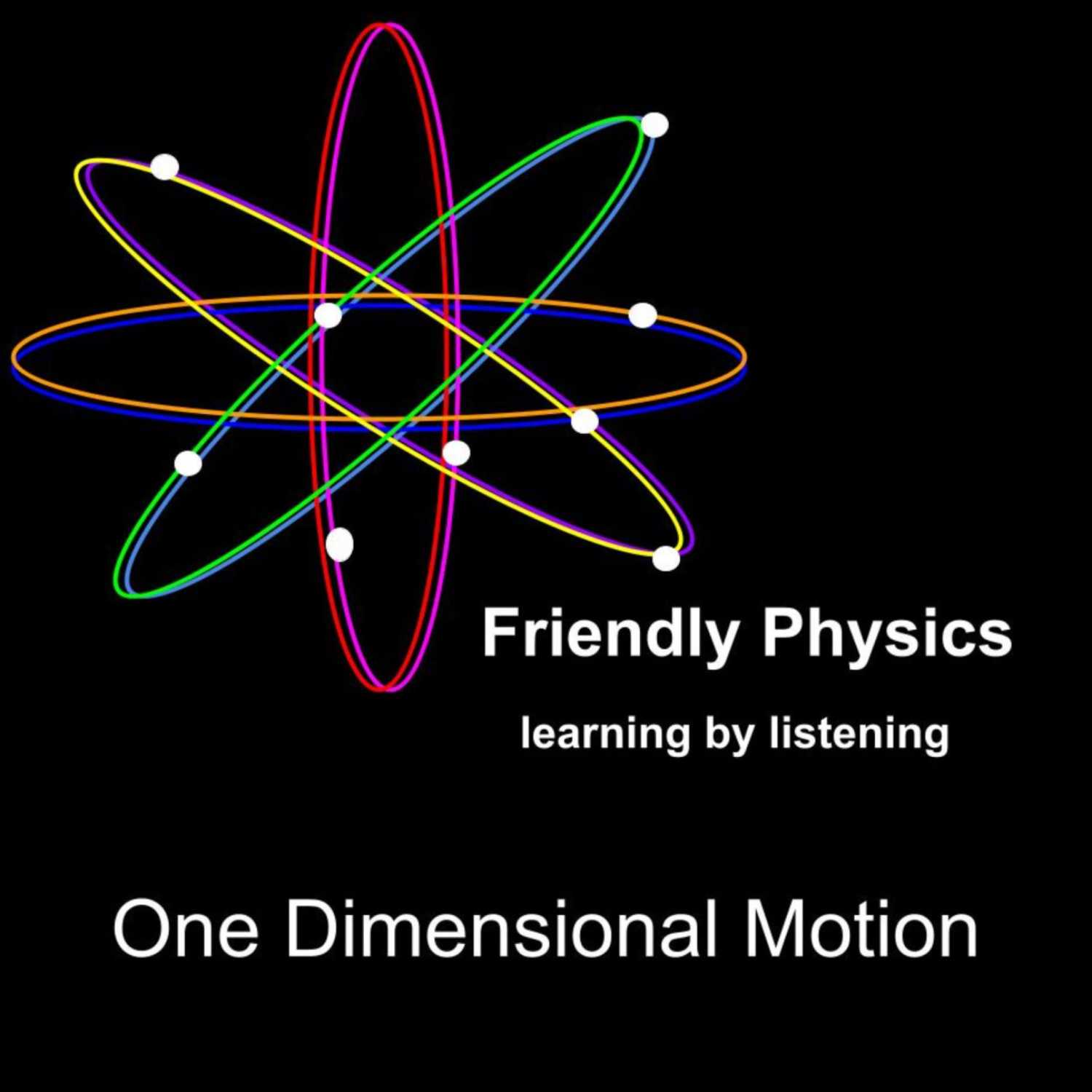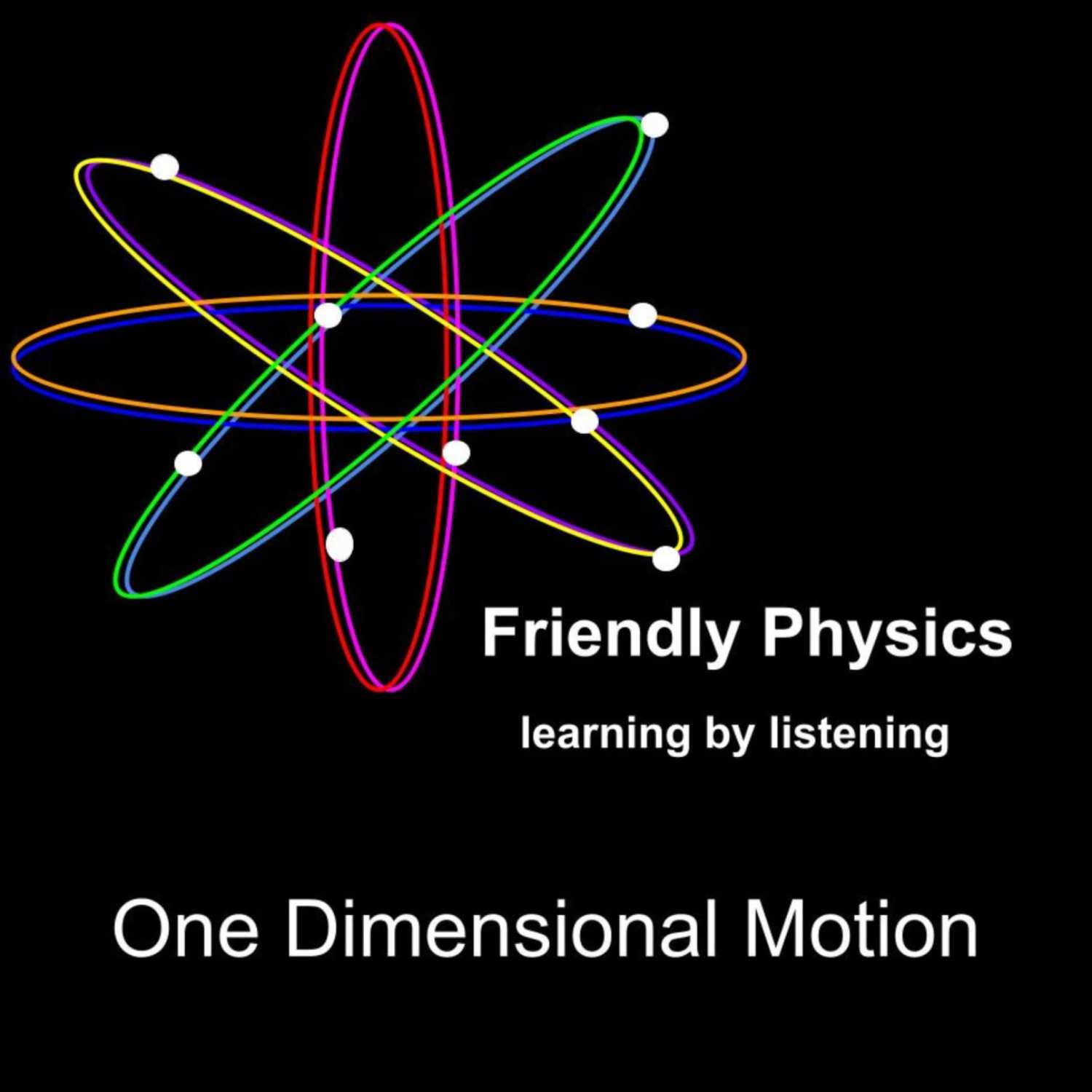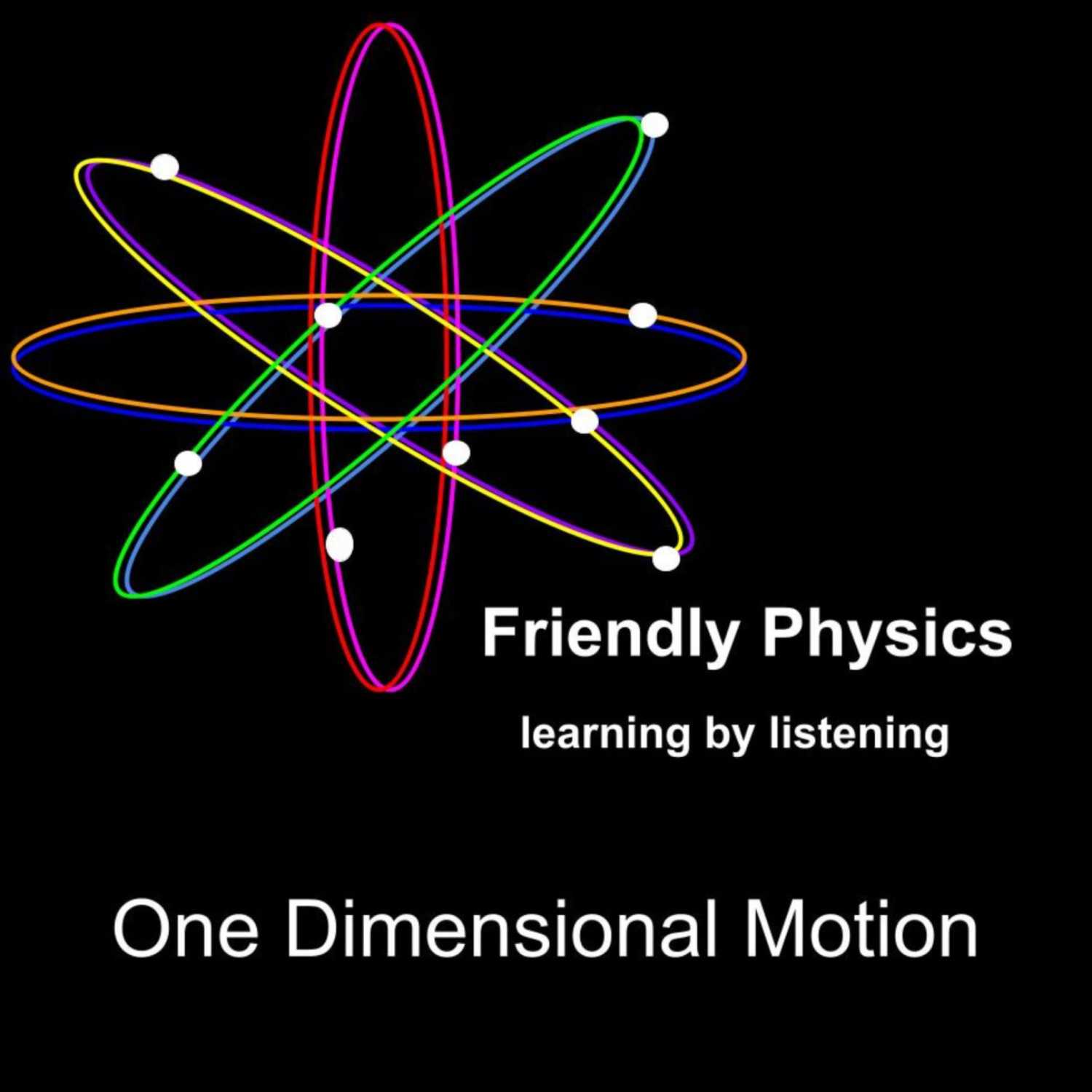Projectile Motion - Part 2
Description
However, we don’t always just move objects at a parallel to the ground. More often than not, we move them at an angle. Think about your field goal kickers on a football field or a missile being launched. These objects move up, peak and then come down.
We say that they follow a trajectory. They exhibit parabolic motion. The objects peak and then they fall. They are projectiles.
There are many important things about this motion. First, lets focus on that angled launch. Remember how last time we had to pay careful attention to the phrasing of the problem? Was the initial velocity horizontal or vertical?
Last week we talked about initial horizontal velocity. Objects launched parallel to the ground. But this week the launch is at an angle and so the velocity can be split into horizontal and vertical components.
This is where geometry and trigonometry comes into play. Let’s imagine that a football is kicked at a 30 degree angle from the ground with an initial velocity of 28 m/s.
The initial velocity is 28 m/s at a 30 degree angle. Velocity is a vector. Direction matters and therefore we are able to split the velocity into horizontal and vertical components.


